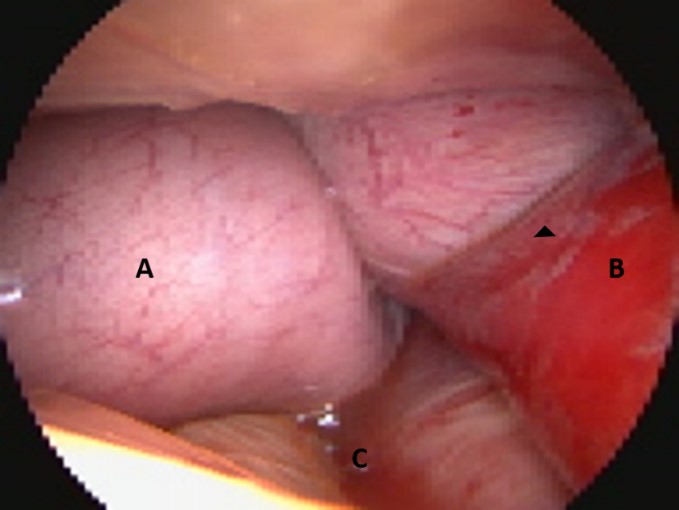Cecocolic intussusception and cecal torsion in cattle
DOI:
https://doi.org/10.21708/avb.2021.15.4.10252Resumo
This work aims to describe the clinical, laboratory, and anatomopathological findings of two bovines, one affected by cecocolic intussusception, and the other by dilation with cecal torsion. The clinical examination demonstrated metallic resonance from the right flank, ruminal and intestinal hypomotility, and abdominal distension, in addition to alterations in feces characteristics. Was observed in the two animals leukocytosis by neutrophilia with regenerative shift to the left, and hyperfibrinogenemia. The analysis of ruminal fluid revealed impairment of the microbiota and an increase in chloride levels. The laparoscopic examination performed on one of the animals showed dilation of the colon, the cecum with hyperemia and serous edema, with a dividing halo between affected and unaffected portions, in addition to reddish peritoneal fluid. In the laparotomy, an enlarged cecum was found, with gaseous and liquid contents, swollen and turgid colon, and peritonitis. In addition to the findings observed during surgery, the anatomopathological examination demonstrated, in bovine 01, intestinal intussusception in the region of the cecocolic valve, and, in bovine 02, twisting of the loop at the ileocecocolic junction. Despite the low occurrence of digestive system disorders in cattle, cecal torsion and intussusception represent serious intestinal clinical conditions. These reports take the attention to the importance of a multidisciplinary approach to provide a correct diagnosis of intestinal diseases.
Downloads

Downloads
Publicado
Edição
Seção
Licença
Autores que publicam na Acta Veterinaria Brasilica concordam com os seguintes termos: a) Autores mantém os direitos autorais e concedem à revista o direito de primeira publicação, com o trabalho simultaneamente licenciado sob a Licença Creative Commons Attribution que permite o compartilhamento do trabalho com reconhecimento da autoria e publicação inicial nesta revista. b) Autores têm autorização para assumir contratos adicionais separadamente, para distribuição não-exclusiva da versão do trabalho publicada nesta revista (ex.: publicar em repositório institucional ou como capítulo de livro), com reconhecimento de autoria e publicação inicial nesta revista. c) Autores têm permissão e são estimulados a publicar e distribuir seu trabalho online (ex.: em repositórios institucionais ou na sua página pessoal) a qualquer ponto antes ou durante o processo editorial, já que isso pode gerar alterações produtivas, bem como aumentar o impacto e a citação do trabalho publicado (Veja O Efeito do Acesso Livre).


 Esta obra está licenciada com uma Licença
Esta obra está licenciada com uma Licença 